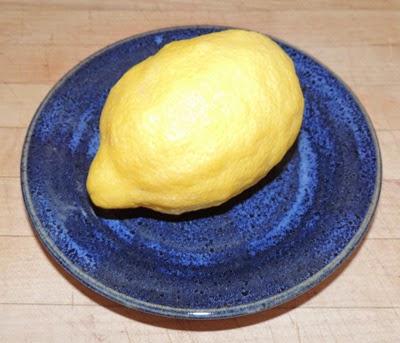November 1 and 2, 2014
Purchase your 2-day Harvest Celebration ticket
on or before Sunday, October 1st, 2014 and save $10.
Ticket holders to the 2014 event
will enjoy visiting 30+ member wineries
for paired wine and food sampling.
Be amongst the first to enjoy exclusive tastes
of new releases, barrel and tank samples and/or
wines not available to the public.
The two day event gives ticketed guests the opportunity to visit many of the 35 Member wineries for a fun-filled food and wine adventure! Delicious foods and wine samplings are offered at each stop as well as barrel and/or tank samples of finished and unfinished wines often not available to the general public.
Visit your old favorites or discover the undiscovered!
Grapeline's Harvest Weekend Package (Nov 1 & 2, 2014)
$199 All-inclusive! (for $189 Early Bird special, book by October 1)
Includes Tickets to the Temecula Valley Winegrowers Association Harvest Celebration 2014 Barrel Tasting Weekend and Grapeline shuttle transportation -- both Saturday and Sunday service and a souvenir glass. This is everything you need!
Taste wines from 35 participating wineries, paired with scrumptious food samplings chosen to feature the perfect marriage of food and wine. Grapeline World shuttles expect to visit 9-10 wineries each day, with pickups at most local hotels. Your Grapeline host will provide your Harvest ticket and souvenir glass. Just be ready to go at your departure location at the designated time. Tours hours approx 10:30am - 5:00pm.







